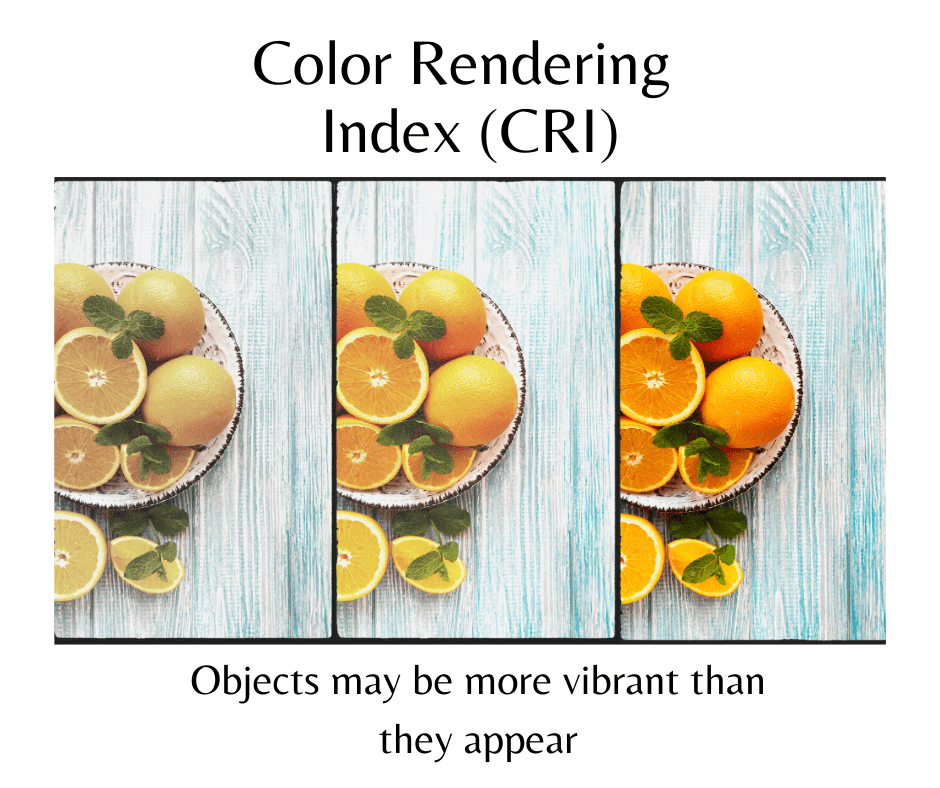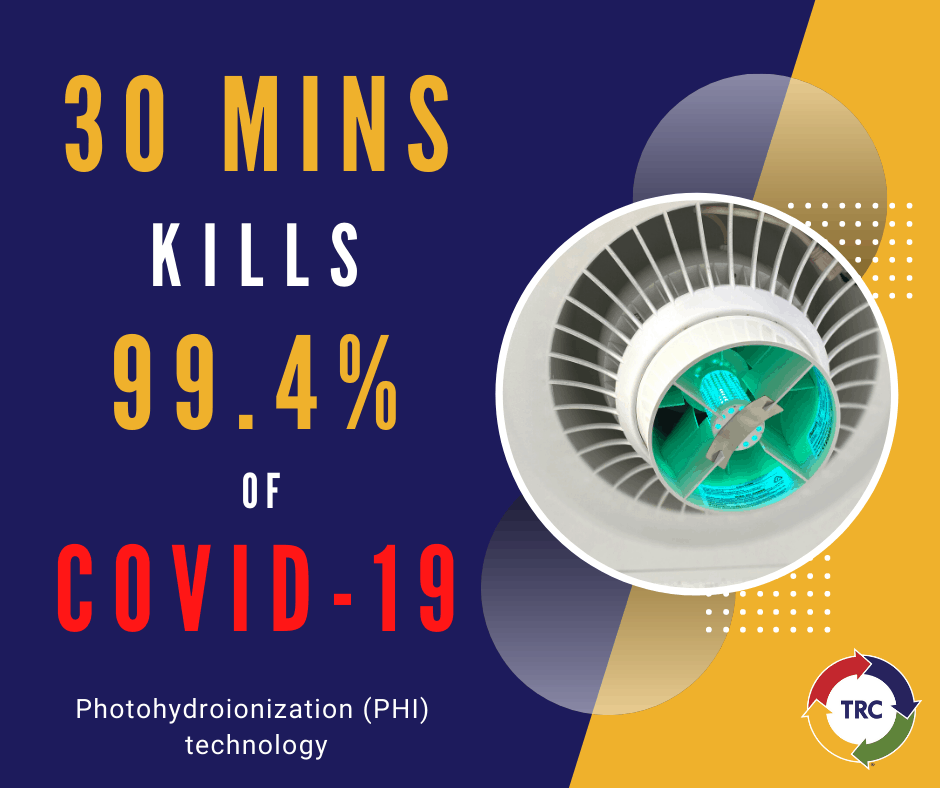What is CRI? (Color Rendering Index)
Published February 2021

Appearance of Color – CRI (Color Rendering Index)
Have you ever taken home your new black socks from the store only to discover they’re really navy?
The science behind Color Rendering Index (CRI) is the culprit for this moment that we have all experienced, leaving us wondering what exactly just happened.
Understanding the Color Rendering Index (CRI) is critically important when considering LED lighting for your retail space, office space or even manufacturing settings. The type of lighting you choose can have a profound effect on the way a room looks, the way your products look and even the way certain healthcare settings perform.
What is CRI?
CRI stands for Color Rendering Index. This index is a scale (from 0-100) that measures and compares the ability of a light source to accurately reproduce the color of an object under artificial light.
CRI, originally defined by the International Commission on Illumination (CIE) in 1965, is widely used and continues to be updated to reflect the latest LED lighting technologies. A light source that perfectly replicates the sun has a CRI of 100, meaning objects appear clearly, and naturally as they would under natural sunlight. The higher the bulb’s CRI, the more vibrant the colors will appear, and vice versa.
In general, an LED with a CRI rating of 80 or more is good for most applications, and a bulb with a CRI of 90 or more is considered excellent. Bulbs that score below the recommended 80 CRI generally produce washed out colors that are difficult to differentiate.
Contact our Lighting Team to learn more about CRI.
The Science of Color
Natural daylight is used as the benchmark to which color is compared when under artificial lighting. As the “ideal” source of illumination for color rendering, it displays a great variety of colors, makes it easy to distinguish slightly different shades of colors and the colors of objects are clear and natural. Daylight is the combination of all colors in the visible light spectrum. The color of an object under the sun is determined by the color reflected by the object.
For example, in the sun, an orange appears orange because it absorbs all the colors of the visible spectrum of light except for orange, which is then reflected. Artificial light sources, such as an LED, attempts to reproduce the colors of natural daylight in a way that allows objects to appear the same as they would in natural daylight. Grocery stores don’t want their oranges to appear dull or grey, they want them to appear a bright orange as they naturally would in daylight.

Settings Where CRI is Important
Most industries can get by with the recommended 80 CRI and above. Some industries, where color appearance can have an effect on work completed, or can contribute to improved aesthetics, 90 CRI and above is recommended.
CRI Critical Settings
- Retail & Grocery Stores
- Hospitals & Neonatal Care Units
- Dentist Office
- Printing Facilities
- Textile Facilities
- Manufacturing
- Paint Shops
- Education – Arts & Sciences
- Daycare Centers
- Museums
- Hospitality
- Residential
- Photography
Settings where CRI may not be as important to consider could include parking ramps, storage facilities or warehouses.
If you have any questions about CRI, please contact one of our lighting team members or call us at 507-455-2192.


